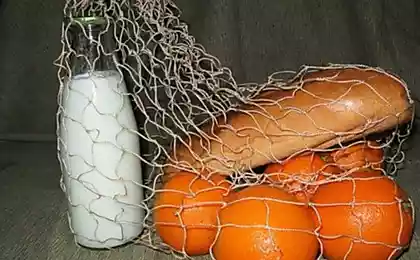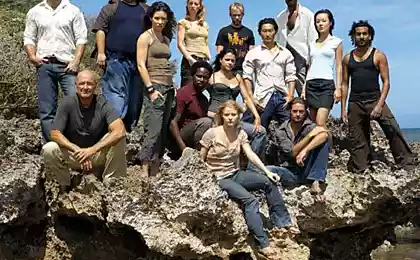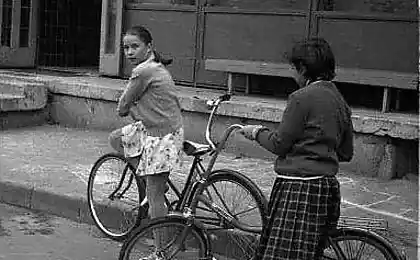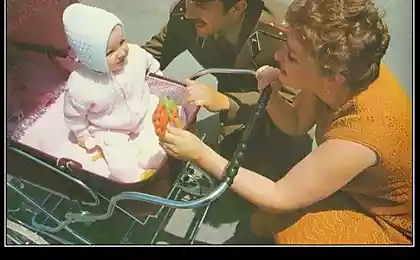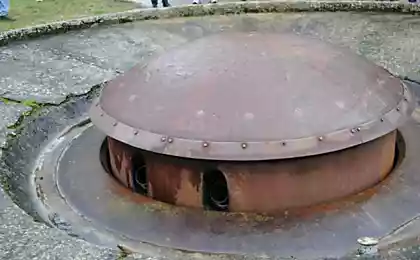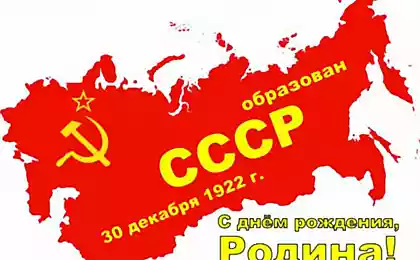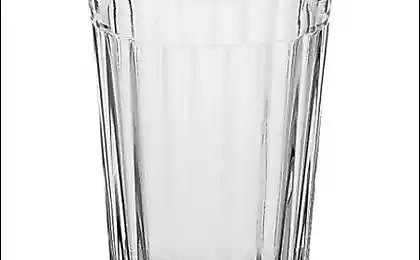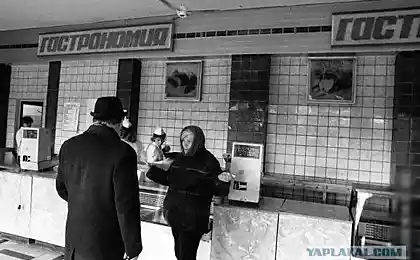200
How the legendary avoska became a Soviet symbol, survived the USSR, and then returned to fashion
As soon as I stumble upon a combination of “network-avoska”, I immediately hear a ringing from afar. Not bells, but kefir bottles. And you can see a net in the hand of Barbarasky, a distant neighbor down the alley. This net-avoska became an indirect participant in salvation from injury, or even death.
Awaska net
Our house, like all the neighbors, was separated from the street by a picket. The width of the pickets was four to five centimeters, about the same intervals between them. In the yard along the fence, fragrant irises grew. Our young spaniel Tom, walking, gently ran like a weaving shuttle along the picket, without stepping on the flowers. Until I saw Barbara. Where he was for several months is unknown. Maybe he was treated...
However, soon the drunkenness overcame the neighbor again. He returned to his usual morning itinerary from the nearby store home. In the morning, he was barely standing on his feet. Therefore, he grabbed the tops of the fences for support. With both hands. In one of them was a net-avoska with a couple of bottles of kefir. He loved this drink. Must have been a hot drive at home.
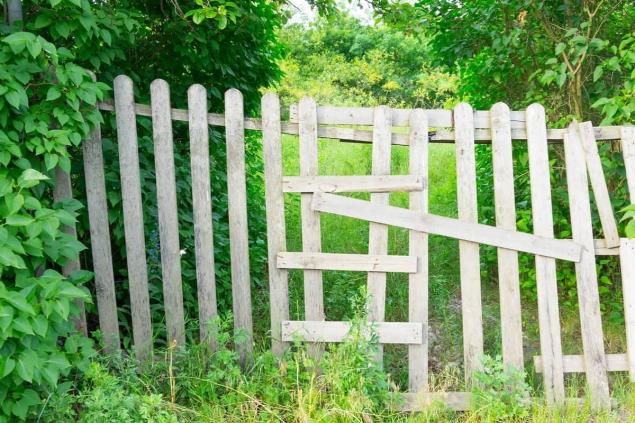
Fences and dogs Moved Barbara zigzag - grabbing the fence flower girl aunt Vera, he outlined diagonally across the road point on the fence Smirnov, repelled and, trying not to fall, rushed at an angle of 45° to the Firs courtyard, from there to our and so on ... On the way, he either cursed or sang, waving a wax, probably serving as a balancer. At the time of each "seizure" net-avoska with a sweep flew through the pickets, but Barbara, tightly clutching the wicker bag by the handles, never dropped it.
Bottles were ringing, banging on the fence, tall and skinny booze made frightening sounds - Tom could not stay calm. He did not like the smell of alcohol. And he expressed his feelings accordingly: having raised his hair on the withers and roar, the dog fiercely bitten the picket line and ran with barking on irises, while Barbara managed to attack our and Firsov fences twice.

Tom didn't bark at anyone else but this character. We transplanted the iris. And Barbara still wore ringing glass bottles with kefir in the avoska. Gradually, the pickets in several places where Tom was just walking in terror and anger became thinner, resembling an hourglass with an elongated upper part.
But if not for this flaw in the fence, misfortune could have happened. After a very snowy winter, spring began with bright sunshine during the day and decent frost in the evenings and at night. Ice in the morning and evening. And one day a truck was driving down our alley with a trailer loaded with long, thick boards. At the turn, the trailer skidded, several boards fell off the mount. They pulled down the left side of the trailer and began to hit the fence.
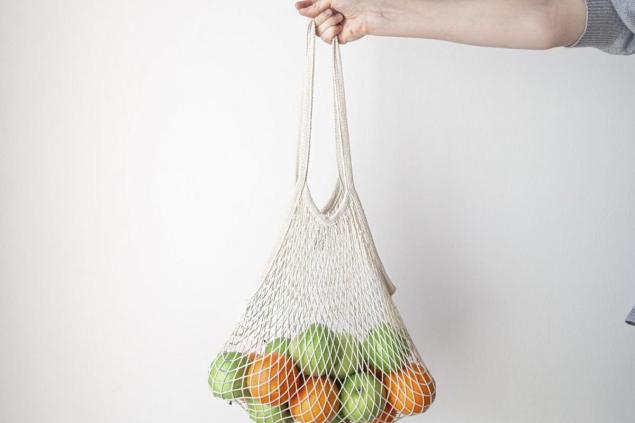
From the blows, the gnawed pickets from below and above lay parallel to the road, a hole shone in the fence at full length. Dad popped out of the house. And near the neighbor's house, Tanyusha, a six-year-old baby, was building something out of snow. Dad screamed at the driver. He himself felt something wrong and braked three meters from Tanya, who was squatting, whose head was just at the level of the hanging boards.
Tom, running out after his father, gurried into the hole and ran down. And when his father called him, dutifully returned and... stood before the closed gate, waiting for the owner, as if a very well-mannered dog. So. net, kefir and damaged picket helped to avoid trouble... Indirectly, of course. But there are no accidents, right?
Avoska Grid: A History of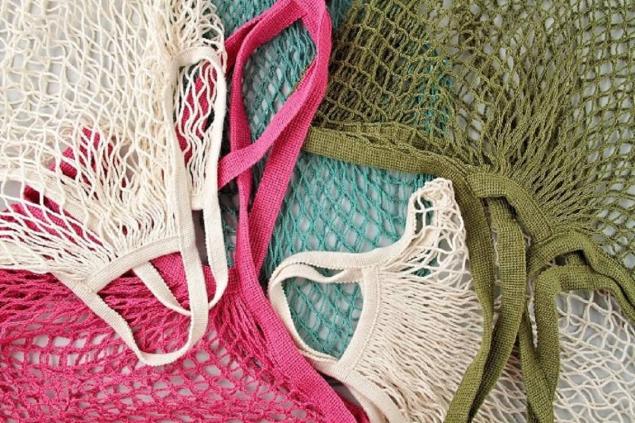
Avoska appeared at the end of the nineteenth century. It was simply called a shopping bag. It was invented by Vavřín Krcil from the Czech town of Zdjar nad Sazavoi. He wanted to weave hairnets, but the project failed. In order not to burn out completely and at least return the cost of materials, he attached pens to the grids and sold in the form of bags. However, they did not become popular at the time. They probably didn’t fit into the fashion of the time.
Massive bags-grids were made in the 30s of the last century, the style of clothing allowed. They became especially popular in the USSR. The name was invented by Vladimir Polyakov, the author of comic scenes for Arkady Raikin. The famous comedian appeared on stage with a grid in his hand. "...And this is the avoska. I’ll bring something in it, the actor joked. And the audience laughed. After all, then most of the food can be obtained just what you hope. The name stuck.

Every house had an avoska, and not one. The easiest, not taking up space: put in your pocket - and imperceptibly. Strong. Standard avosek weaving is 14 rows of 24 cells. The net could hold up to 70 kilograms. Cheap as well...
True, the threaded handles hurtfully crashed into the palm. They came up with a way out – they began to wear flexible tubes on the handles. The only disadvantage of avosek is their perfect viewability. What you don't put down, it's in plain sight. I once saw an old lady with a wax full of chicken legs. Imagine, cats ran after her, apparently fed by an old woman, and tried to catch the outgoing “prey”...
Back in fashion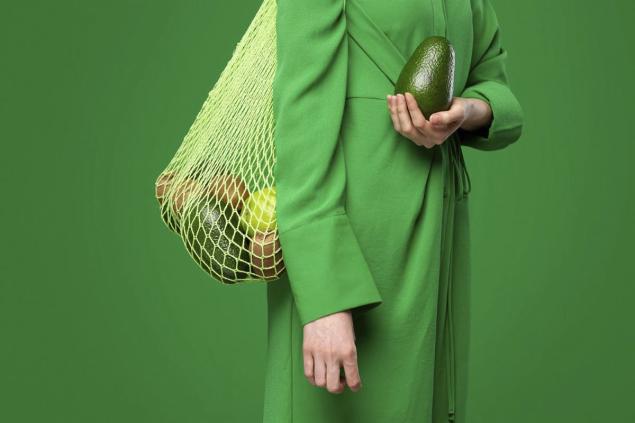
But now econetics are back in trend. They help save the environment from plastic pollution. Even Prada, Kenzo, Stella McCartney produce handbags and recommend wearing them in cool weather with sweatshots, jackets and jeans, and in the heat - with tops, plain T-shirts and light jeans. They cost 300 dollars.
But if you have the one that survived the USSR and the plastic boom that drove the avoska from the stage, then she, who rescued many people, waited for a victorious rematch. And you're trending with her!
Awaska net

Our house, like all the neighbors, was separated from the street by a picket. The width of the pickets was four to five centimeters, about the same intervals between them. In the yard along the fence, fragrant irises grew. Our young spaniel Tom, walking, gently ran like a weaving shuttle along the picket, without stepping on the flowers. Until I saw Barbara. Where he was for several months is unknown. Maybe he was treated...
However, soon the drunkenness overcame the neighbor again. He returned to his usual morning itinerary from the nearby store home. In the morning, he was barely standing on his feet. Therefore, he grabbed the tops of the fences for support. With both hands. In one of them was a net-avoska with a couple of bottles of kefir. He loved this drink. Must have been a hot drive at home.

Fences and dogs Moved Barbara zigzag - grabbing the fence flower girl aunt Vera, he outlined diagonally across the road point on the fence Smirnov, repelled and, trying not to fall, rushed at an angle of 45° to the Firs courtyard, from there to our and so on ... On the way, he either cursed or sang, waving a wax, probably serving as a balancer. At the time of each "seizure" net-avoska with a sweep flew through the pickets, but Barbara, tightly clutching the wicker bag by the handles, never dropped it.
Bottles were ringing, banging on the fence, tall and skinny booze made frightening sounds - Tom could not stay calm. He did not like the smell of alcohol. And he expressed his feelings accordingly: having raised his hair on the withers and roar, the dog fiercely bitten the picket line and ran with barking on irises, while Barbara managed to attack our and Firsov fences twice.

Tom didn't bark at anyone else but this character. We transplanted the iris. And Barbara still wore ringing glass bottles with kefir in the avoska. Gradually, the pickets in several places where Tom was just walking in terror and anger became thinner, resembling an hourglass with an elongated upper part.
But if not for this flaw in the fence, misfortune could have happened. After a very snowy winter, spring began with bright sunshine during the day and decent frost in the evenings and at night. Ice in the morning and evening. And one day a truck was driving down our alley with a trailer loaded with long, thick boards. At the turn, the trailer skidded, several boards fell off the mount. They pulled down the left side of the trailer and began to hit the fence.

From the blows, the gnawed pickets from below and above lay parallel to the road, a hole shone in the fence at full length. Dad popped out of the house. And near the neighbor's house, Tanyusha, a six-year-old baby, was building something out of snow. Dad screamed at the driver. He himself felt something wrong and braked three meters from Tanya, who was squatting, whose head was just at the level of the hanging boards.
Tom, running out after his father, gurried into the hole and ran down. And when his father called him, dutifully returned and... stood before the closed gate, waiting for the owner, as if a very well-mannered dog. So. net, kefir and damaged picket helped to avoid trouble... Indirectly, of course. But there are no accidents, right?
Avoska Grid: A History of

Avoska appeared at the end of the nineteenth century. It was simply called a shopping bag. It was invented by Vavřín Krcil from the Czech town of Zdjar nad Sazavoi. He wanted to weave hairnets, but the project failed. In order not to burn out completely and at least return the cost of materials, he attached pens to the grids and sold in the form of bags. However, they did not become popular at the time. They probably didn’t fit into the fashion of the time.
Massive bags-grids were made in the 30s of the last century, the style of clothing allowed. They became especially popular in the USSR. The name was invented by Vladimir Polyakov, the author of comic scenes for Arkady Raikin. The famous comedian appeared on stage with a grid in his hand. "...And this is the avoska. I’ll bring something in it, the actor joked. And the audience laughed. After all, then most of the food can be obtained just what you hope. The name stuck.

Every house had an avoska, and not one. The easiest, not taking up space: put in your pocket - and imperceptibly. Strong. Standard avosek weaving is 14 rows of 24 cells. The net could hold up to 70 kilograms. Cheap as well...
True, the threaded handles hurtfully crashed into the palm. They came up with a way out – they began to wear flexible tubes on the handles. The only disadvantage of avosek is their perfect viewability. What you don't put down, it's in plain sight. I once saw an old lady with a wax full of chicken legs. Imagine, cats ran after her, apparently fed by an old woman, and tried to catch the outgoing “prey”...
Back in fashion

But now econetics are back in trend. They help save the environment from plastic pollution. Even Prada, Kenzo, Stella McCartney produce handbags and recommend wearing them in cool weather with sweatshots, jackets and jeans, and in the heat - with tops, plain T-shirts and light jeans. They cost 300 dollars.
But if you have the one that survived the USSR and the plastic boom that drove the avoska from the stage, then she, who rescued many people, waited for a victorious rematch. And you're trending with her!
When I want a really tasty cottage cheese, I cook it myself, you can not buy it in the store.
God won't ask you what car you drove, he'll ask you how many people you drove.

